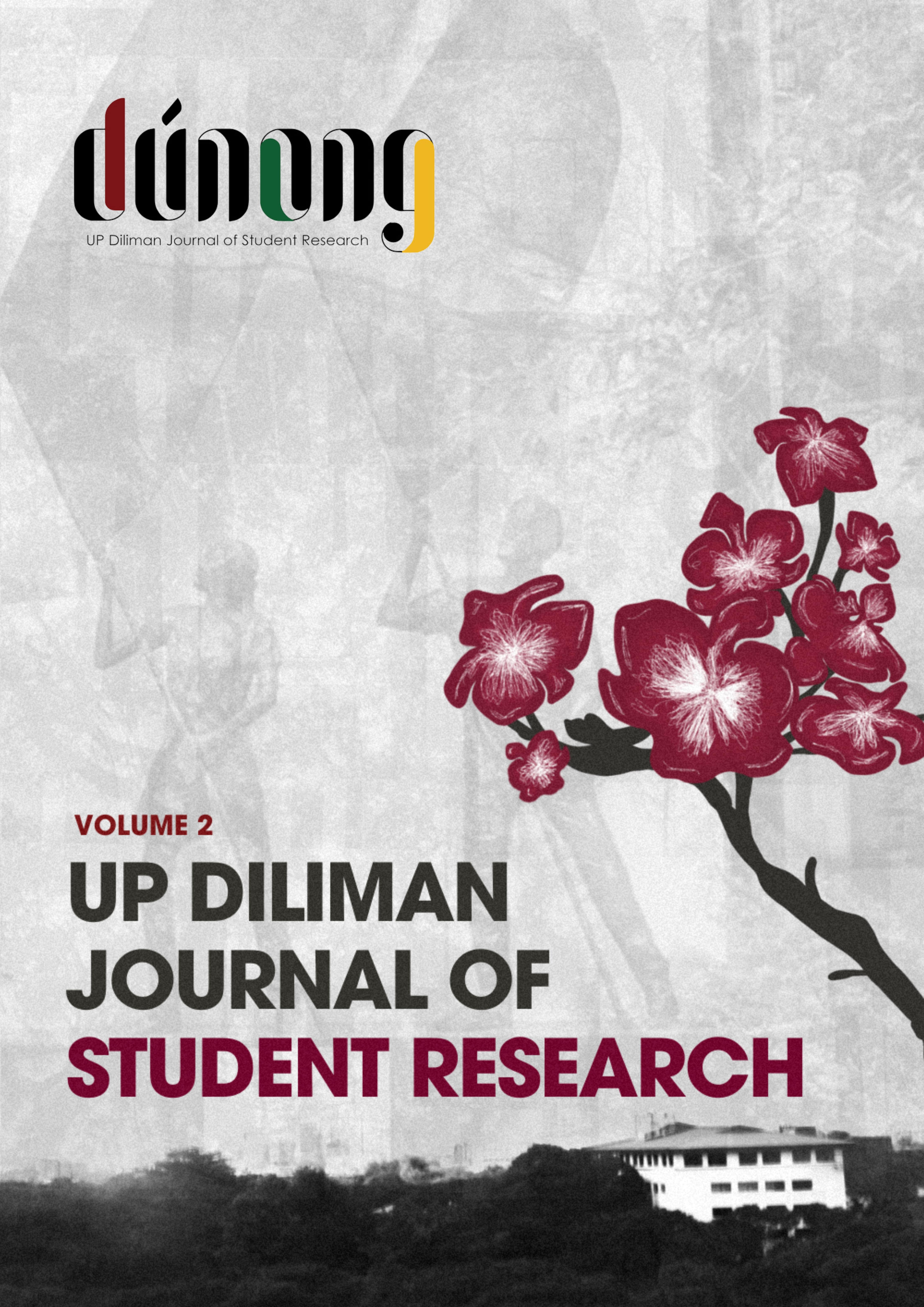From Ilustrado Visions to Neocolonial Politics: Filipinos’ Role in Southeast Asian Regional (Re)integration, 1880s to 1960s
Abstract
Conventional geography and historiography have constantly defined Southeast Asia in relation to the outside, thus implying that the construction of the Southeast Asian regional identity has seemed to be inextricably linked to how external actors have perceived the region. But even prior to the formal founding of the Association of Southeast Asian Nations (ASEAN) in 1967, prominent historical figures from the Philippines already had an active role in envisioning and espousing regional (re)integration in the eight-decade period stretching from the Propaganda Movement until the Third Philippine Republic. I use the term “(re)integration” because, as this paper will strive to show, one aspect of the historical process of Filipino regional conceptualization during this eight-decade period was that Filipino historical figures saw themselves as part of a wider transnational sphere, which was already existing as a region even before the coming of the Western colonizers. But what exactly was the basis for the region which these Filipino figures believed that the Philippines belonged to was fluid; ranging from the anthropological and ethnocultural “Malay world,” to the Pan-Asianist and propagandistic “Greater East Asia,” to the ambiguous and realpolitik “Southeast Asia.”


